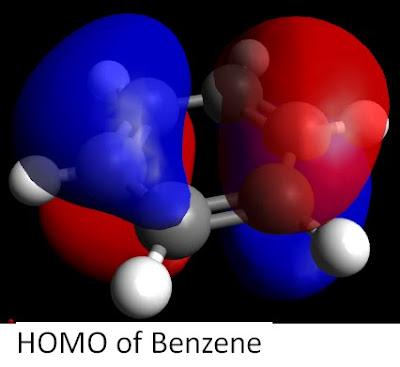Anant Babu Marahatta
Ph.D. student in chemistryTohoku University
Japan
Perspectives:
In the real world, “A Digital Laboratory could eventually mean that most chemical experiments are conducted inside the silicon chips instead of the glassware of laboratories. Turn off that Bunsen burner; it will not be wanted in ten years.” This intension of the “1998 Chemistry Nobel Prize Awardees” directed the computational procedures for conducting cutting-edge research. In the present condition, computational procedures have become a “superstar”.
Overview: Computational chemistry is a branch of chemistry that uses principles of computer science to assist in solving chemical problems. It is simply the application of chemical, mathematical and computing skills to the solution of interesting chemical problems.
It uses computers to generate information such as properties of molecules, simulated experimental results, displays almost all the information with the chemical visualization package developed by considering the results of the theoretical chemistry.

Computational chemistry has become a useful way to investigate materials that are too difficult to find or too expensive to purchase. It also helps chemists to make predictions before running the actual experiments so that they can be better prepared for making observations.
Similarly, it can predict unobserved chemical phenomena of the macro molecules like amino acids, protein, DNA, enzymes etc. in the visual form. The following animation has explained about the preliminary processes of molecule modeling, electron density tracing and some prerequisites of the computational chemistry.
To calculate the structures and properties of molecules and solids computationally, several computer software have been developed. Some of the common software includes,
• GAMESS [Gordon research group, Iwa state Univ.]
• MolPro, 2010.1 currently [H.-J. Werner and P. J. Knowles]
• DFTB+ [Bremen Center for Computational Materials Science]
• MOPAC [Stewart Computational Chemistry ]
• Spartan [Spartan Chemical Company, Inc.]
• Sybyl [Tripos, a Certara company]
• SIESTA[Spanish Initiative for Electronic Simulations with Thousands of Atoms]
The employed computational methods rely on the software installed and can cover both static and dynamic situations. In all cases, the computational time and other resources (such as memory and disk space) increase rapidly with the size of the system being studied. That system can be a single molecule, a group of molecules, or a solid. In order to perform the calculation in an efficient way with extremely low computational cost, proper selection of the computational method is mandatory.



No comments:
Post a Comment